By: Patrick Klekas
Of the many acclaimed works of G.K. Chesterton, Lepanto is among his most cherished and is widely recognized as a perfect poem by various literary critics. Penned in 1911, this epic poem reminisces and celebrates the Holy League victory over the Ottoman Navy at the Battle of Lepanto on October 7, 1571. The combination and pace of the irregular rhyming stanzas, the tetrameter couplets, and the dimeter lines provide the poem the base to bring about the genius of Chesterton.
Although there is no doubt that the poem is about the Battle of Lepanto, it can be said that, in typical Chesterton fashion, he allegorized erroneous philosophical and religious views of the time and personified them throughout the poem. In addition to the writing prowess of Chesterton, it was reported that as the naval fleet of the Holy League departed the Sicilian port of Messina on September 16, 1571 that all of the men had a rosary in hand. Henceforth, nearly four and a half centuries after this famous battle, the Church holds the 7th of October in honor of victory for Christendom, honoring Our Lady of the Rosary.
Read More on Catholic Exchange
About Patrick Klekas
Patrick Klekas is a fourth year theologian studying at St. Patrick’s Seminary in Menlo Park, CA. He is from Elko, Nevada, the second oldest of 10 children (9 boys, 1 girl), and is a seminarian for the Diocese of Reno, Nevada. You can follow him on Twitter @PatrickKlekas and Instagram @patricklekas
Image Source: Catholic Exchange
